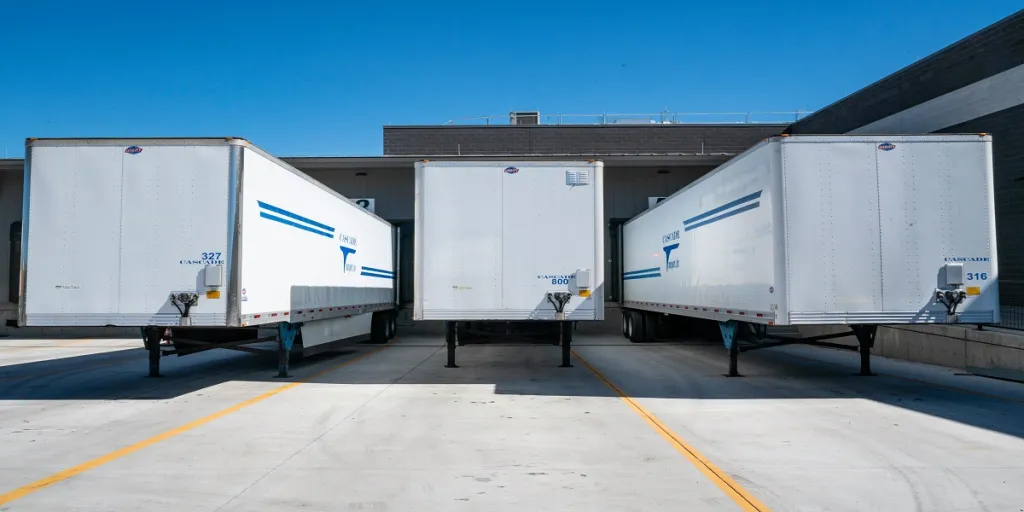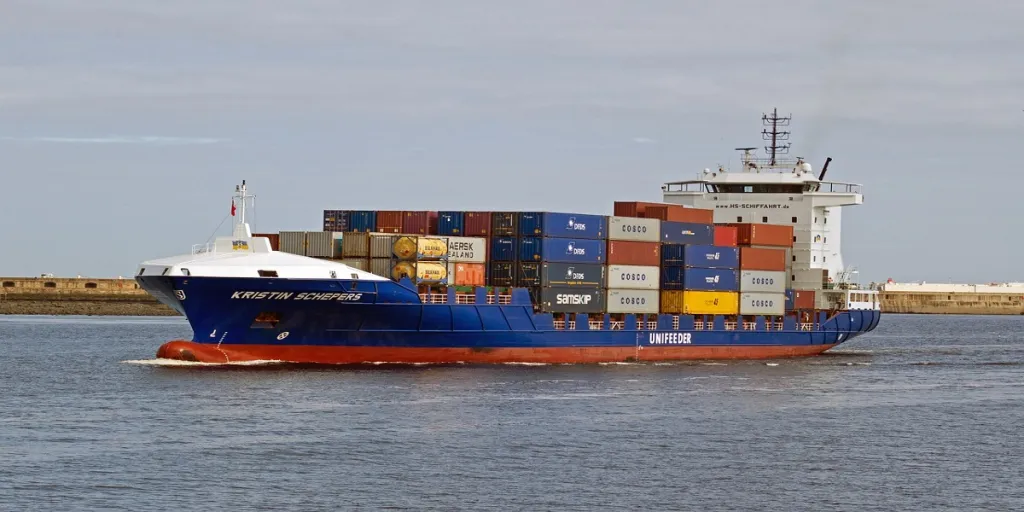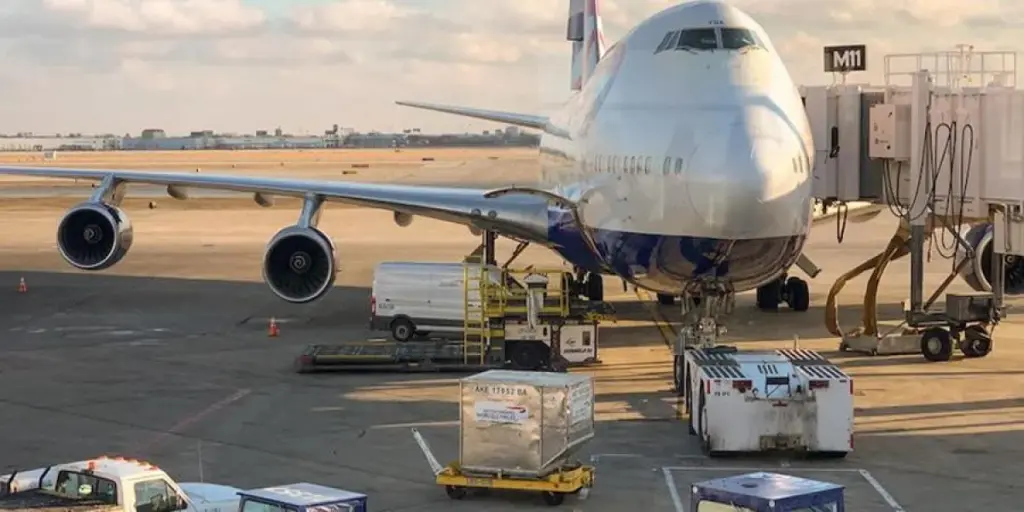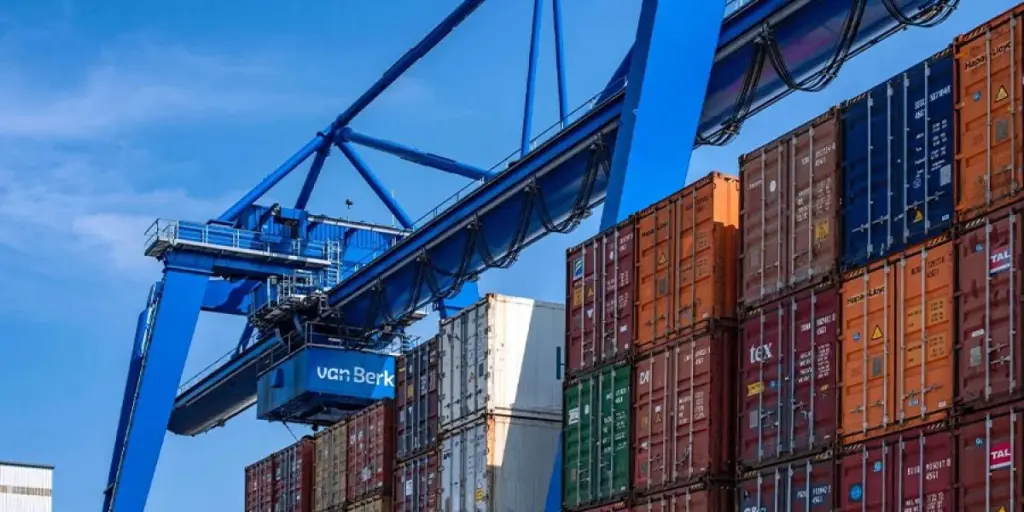Picture this: You were at home when a gentle “Ding-dong!” chimed from your doorbell unexpectedly and suddenly you noticed a delivery person standing right in front of your doorstep! Bewildered, you wondered how he managed to arrive so quietly. He then shared an intriguing fact: his delivery company recently transitioned from diesel-powered vehicles to quieter electric ones. That’s why his delivery was almost silent and caught you off guard.
In fact, this entire encounter serves as a practical instance of the effective implementation of sustainability in logistics. Read on to learn more about the definition of sustainability in logistics, its impact, current challenges with it, potential solutions, and strategies, including the roles of technology in achieving it as well as an examination of its possible future trends.
Table of Contents
Introduction to sustainability in logistics
Current challenges and potential solutions
Implementation of sustainability in logistics: Strategies and the role of technology
The future of sustainability in logistics
Progressing to sustainability
Introduction to sustainability in logistics
In a nutshell, sustainability in logistics or sustainable logistics eventually refers to one similar concept- that is, striving to infuse sustainability into the logistics process.
In real-world scenarios, however, sustainable logistics tends to work towards a holistic approach that seeks end-to-end incorporation of sustainability into the entire logistics operation. Sustainability in logistics, on the other hand, refers to the application of a sustainability approach in the logistics process within the realm of achievability.
Regardless of their almost similar traits, both terms, in essence, represent the eco-friendly and socially responsible practices and solutions throughout logistics procedures, from procurement and storage of goods to their deliveries and eventual disposal, or recycling process to reduce the carbon footprint and foster long-term viability.
Meanwhile, primarily driven by governmental updates in regulations, environmental concerns have taken center stage in corporate strategies and consumer preferences. All of this has sparked an increase in the adoption of sustainability in logistics. Businesses are becoming more aware of the need to lower their carbon footprint and improve the sustainability of their logistical processes. The global strains brought on by some geopolitical issues have also exacerbated tensions in fuel and energy demands and prices, therefore further underscoring the significance of sustainability within the logistics sector as an effective way to help reduce overall operational costs.
Current challenges and potential solutions
Despite its ever-growing, well-recognized importance and extensive benefits, implementation of sustainability in logistics faces several challenges that hinder businesses from fully adopting it. These include the need to raise top management’s awareness and commitment to sustainability, establish clear sustainability goals, ensure data transparency throughout the logistics process, improve supply chain partner collaboration, effectively manage costs and facilitate the transition to sustainable logistics practices.
Addressing these issues requires an array of solutions and should begin with the implementation of a sustainability strategy that aligns with the company’s vision and mission. Next, setting up measurable sustainability goals with relevant key performance indicators (KPIs) in line with the Triple Bottom Line (TBL) approach can provide a balanced and all-rounded measurement and view of business performance, covering not only economic performance (Profit) but also their impact on society (People) and the environment (Planet).
Finally, businesses can take a strategic approach in order to efficiently manage costs and transition to sustainable logistics practices. Steps to adopt include streamlining overall operations to reduce energy consumption and actively seeking ways to utilize technology so as to optimize the entire logistics process. The value of education and training must also be accentuated. Human errors during the transition process may be minimized and overall operational efficiency can be improved by investing in employee training regarding sustainability practices and the deployment of new technology.
Implementation of sustainability in logistics: Strategies and the role of technology
The successful implementation of sustainability is inextricably tied to the appropriate application of diverse technologies in logistics today. In order to enable and improve sustainable practices across the logistics sector, the following strategies should be considered along with the efficient application of relevant technologies.
Leverage data for full-scale insight into logistics operations
Data is the key to achieving sustainable logistics as it makes it easier to spot inefficiencies, keep track of performance, and provide support in decision-making processes. Technology has empowered the deployment of various data analytics tools, including Internet of Things (IoT) technologies-enabled equipment and devices such as sensors, GPS, and RFID.
Through these devices and technologies, businesses can gain meaningful insights about their logistics operations including the usage of their vehicles, load and route details, carbon emissions and fuel consumption, etc, which are all essential in controlling the progression of sustainability deployment in their logistics process. They may also rely on data analytics to have a better understanding of potential hazards and possibilities, and subsequently be able to make informed decisions that can improve the logistics process and reduce any potential environmental impact.
Alternative transportation or fuel solutions
Remember the delivery staff who could silently make their way to your doorstep in their company’s shiny new electric-powered van? Indeed, in the quest for sustainable logistics, there are quite a few options to consider when it comes to offering transportation choices.
Businesses may switch to alternative vehicles or fuel technologies that are more energy-efficient and ecologically friendly to reduce their reliance on non-renewable fuels and minimize their emissions. For instance, in terms of transportation choices, aside from electric vehicles (EVs), the companies may also opt for hybrid vehicles (HEVs), or fuel cell vehicles (FCVs) which are supported by biofuels, hydrogen, or other renewable sources. In the meantime, the smart charging systems and widespreadness of renewable energy networks can further enhance the sustainability of these alternative transport and fuel solutions.
Route planning and optimization
The importance of route optimization in successful and effective logistics planning cannot be stressed enough, as it not only helps in saving costs but also preserves the invaluable time and energy of the delivery staff. From a sustainability perspective, however, it may also considerably increase logistical efficiency while lowering fuel use and emissions.
With the help of cutting-edge technology, software, and applications, businesses may optimize route planning and delivery schedules using information from weather predictions and customer preferences to traffic sensors and load capacity. Consequently, it leads to the elimination of delays, unnecessary detours, and empty trips, all while improving customer satisfaction.
Waste management and sustainable packaging
Product packaging has an impact on both the environment and customer happiness. To the consumers, the influence of product packaging actually extends beyond the moment of delivery, where first impressions are formed to the post-unboxing experience. This is because factors such as the weight, size, and amount of waste produced after unboxing all collectively shape the overall customer experience.
It is ergo imperative for businesses to utilize sustainable packaging and waste management techniques, such as using biodegradable or recyclable, or even refillable packaging materials to reduce the required amount of packaging. It is also important to emphasize the use of reusable and returnable packaging materials for multiple deliveries, as well as the collection and recycling of packaging waste to help reduce packaging footprint and waste generation as a whole.
Working together with partners, customers, and suppliers

Collaboration can result in more sustainable logistics processes. Businesses may integrate sustainability into their logistics operations by working closely with their partners, consumers, and suppliers. All parties engaged in the supply chain can work together to solicit support and input from each other, thereby promoting openness, responsibility sharing, and facilitating sustainable growth for all parties.
Together, the involved parties are also able to pool resources, create joint sustainability synergies, and foster a sustainability culture throughout their collaborations. A typical example of such collaboration occurs when an e-commerce firm joins forces with a renewable energy provider to power its warehouses with sustainable energy sources, such as solar or wind, by installing solar panels or wind turbines. Such a move reduces carbon footprint and dependency on conventional fuels and demonstrates a commitment to greener infrastructure in logistics operations.
The future of sustainability in logistics
John F. Kennedy once famously put it: “…those who look only to the past or present are certain to miss the future.” In today’s rapidly advancing technological landscape, with Artificial Intelligence (AI) and Internet of Things (IoT) technologies progressively weaving into nearly every aspect of our lives, this quote seems to ring truer than ever.
Moving forward, it’s predicted that AI will make further critical contributions in the logistics field via its ability to highly automate the logistics processes, optimize facilities as well as conduct sustainability tracking. Routine tasks such as packing and logistics tracking can be partially or fully automated by AI, as demonstrated by the increasing use of AI-powered robots.
In addition, AI also aids in optimizing the supply chain facilities to streamline the transportation processes, while helping to better track and monitor the environmental impact of supply chains, a practical example of this, which is already in use and continues to expand and improve, is some large retailer’s use of AI to optimize their supply chain for better sustainability outcomes.
Meanwhile, the broad deployment of IoT, digital connectivity– a well-recognized trend that is set to further revolutionize the logistics pooling systems will continue to improve the incorporation of real-time tracking and tracing capabilities, leading to a decrease in vehicle numbers, a reduction in carbon emissions and waste, on top of an increase in energy efficiency.
At the same time, from a key sustainability transition approach point of view, while recyclability represents the ability to recycle environmental-friendly products and materials, circularity is the future key trend that highlights fundamental products and systems designs to allow material disassembling and reuse. Used garments and smartphones, for example, reportedly resulted in 55-75% emission reductions compared to newly manufactured items using brand-new, original materials.
Simultaneously, the future holds tremendous potential for sustainability in logistics from the public policies and government regulations perspective, with governments generally increasingly implementing policies to encourage sustainable practices in logistics. For instance, businesses may be subject to a variety of stricter regulations in the near future, such as emission limits, waste reduction mandates, fuel efficiency requirements, and more.
Progressing to sustainability
In light of growing environmental concerns worldwide, sustainability in logistics is one of the hot topics with important economic and environmental significance. Businesses are motivated to pursue sustainable strategies in logistics with aspects related to regulatory requirements, cost efficiency, and consumer preference for eco-friendly operations. However, some challenges such as a lack of clear sustainability goals and top management support as well as low awareness are hindering the progress of developing sustainability in logistics.
To move forward, it is crucial to implement certain sustainable strategies in logistics. These encompass leveraging data for operational insights, exploring alternative fuel and transportation options, enhancing route efficiency, and adopting sustainable packaging and waste management practices. And of course, the establishment of a sustainable logistics ecosystem is also highly dependent on collaboration among all stakeholders. While a promising future awaits in sustainability within logistics, it is all stakeholders’ responsibility to overcome challenges, optimize resource utilization, as well as actively and persistently pursue this goal.
As we navigate towards a greener, more effective logistics business direction together, explore Alibaba Reads today, your go-to source for further insights, useful advice, and the most recent developments in logistics and wholesale business.

Looking for a logistics solution with competitive pricing, full visibility, and readily accessible customer support? Check out the Alibaba.com Logistics Marketplace today.




